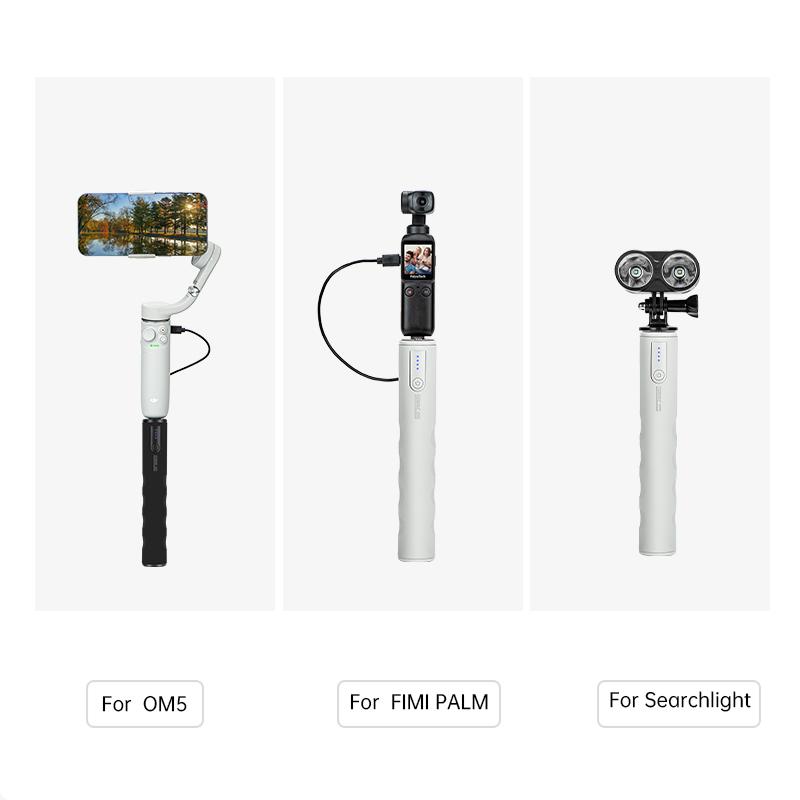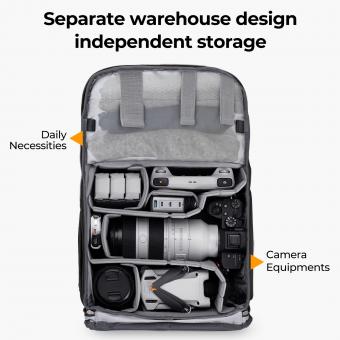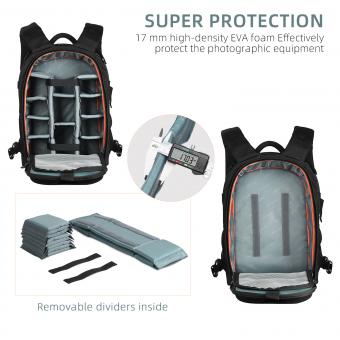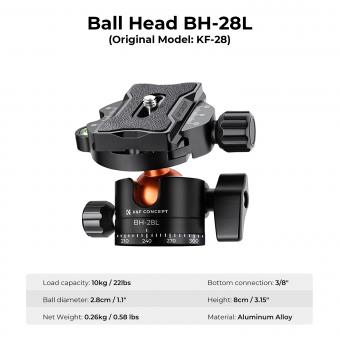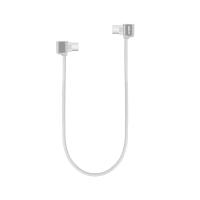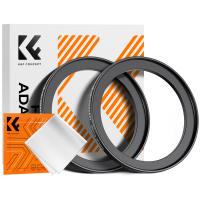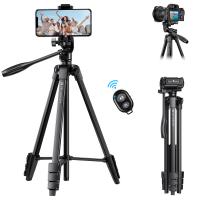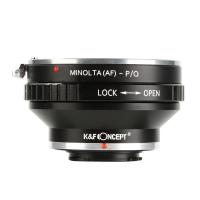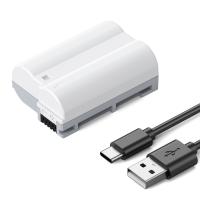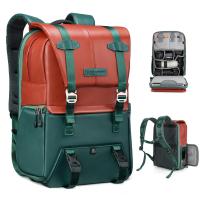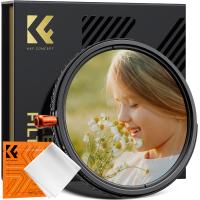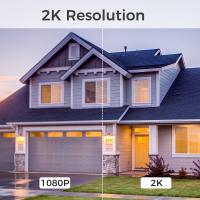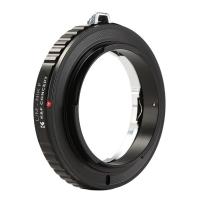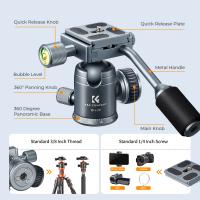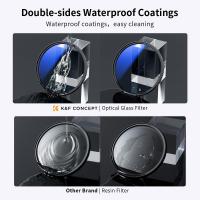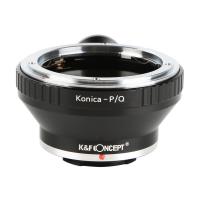How To Choose A Dslr Camera Bag ?
When choosing a DSLR camera bag, consider factors such as size, durability, comfort, and functionality. Look for a bag that can accommodate your camera body, lenses, and other accessories. It should have padded compartments and dividers to protect your gear from bumps and scratches. Consider the material of the bag, ensuring it is water-resistant and durable. Look for a bag with adjustable straps and padding for comfortable carrying. Additionally, consider the bag's functionality, such as the number of pockets and compartments for organizing your accessories. Finally, consider your personal style and preferences to choose a bag that suits your aesthetic taste.
1、 Size and Capacity
When it comes to choosing a DSLR camera bag, one of the most important factors to consider is the size and capacity of the bag. This is crucial because it determines how much gear you can carry and how comfortable it will be to transport.
Firstly, you need to assess the amount of equipment you typically carry with you. Consider the number of camera bodies, lenses, and accessories you usually use on a shoot. It's important to choose a bag that can accommodate all your gear without being too bulky or heavy. Additionally, think about any future equipment purchases you may make, as you'll want a bag that can grow with your needs.
Another aspect to consider is the bag's organization and storage options. Look for a bag that has adjustable dividers or compartments, allowing you to customize the interior layout to fit your specific gear. This will help keep your equipment organized and protected from potential damage.
Furthermore, consider the bag's overall comfort and functionality. Look for features such as padded shoulder straps, waist belts, and back support to ensure that carrying the bag for extended periods is comfortable. Additionally, check for additional pockets or compartments for storing smaller items like memory cards, batteries, and filters.
Lastly, it's worth considering the latest trends and advancements in camera bag design. Many bags now come with weatherproofing features, such as rain covers or water-resistant materials, which can be beneficial if you often shoot in challenging weather conditions. Additionally, some bags now offer built-in charging ports or compartments for carrying a laptop or tablet, allowing you to stay connected and organized on the go.
In conclusion, when choosing a DSLR camera bag, size and capacity are crucial factors to consider. Assess your gear needs, look for customizable organization options, prioritize comfort and functionality, and consider the latest advancements in camera bag design. By doing so, you'll be able to find a bag that suits your needs and protects your valuable equipment.
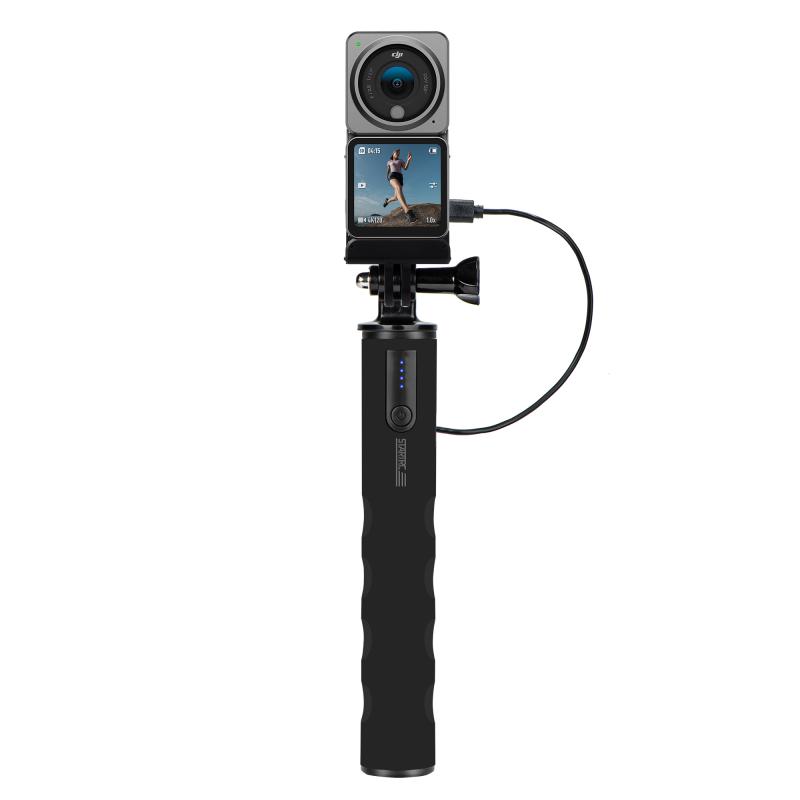
2、 Durability and Protection
When it comes to choosing a DSLR camera bag, durability and protection should be your top priorities. A camera bag is not just a stylish accessory; it is an essential tool for safeguarding your expensive camera equipment. Here are some key factors to consider when selecting a camera bag:
1. Material: Look for a bag made from durable and water-resistant materials such as nylon or canvas. These materials offer excellent protection against accidental spills, rain, and dust.
2. Padding: Ensure that the bag has sufficient padding to cushion your camera and lenses from any impact or shock. Look for thick foam padding or customizable dividers that can be adjusted to fit your specific gear.
3. Compartments and organization: A good camera bag should have multiple compartments and pockets to keep your equipment organized and easily accessible. Look for a bag with dedicated compartments for your camera body, lenses, batteries, memory cards, and other accessories.
4. Size and weight: Consider the size and weight of the bag, especially if you plan on carrying it for extended periods. A lightweight bag with a comfortable shoulder strap or backpack-style design can make a significant difference in your overall comfort.
5. Security features: Look for a bag with secure closures such as zippers, buckles, or Velcro straps to prevent accidental openings and theft.
6. Style and aesthetics: While not as crucial as durability and protection, the style and aesthetics of the bag can still be a factor for many photographers. Choose a bag that reflects your personal style and preferences.
In addition to these traditional considerations, the latest point of view also includes features like anti-theft technology, built-in charging ports, and even weatherproofing capabilities. Some bags now come with RFID-blocking pockets to protect your credit cards and passports from digital theft. Others have integrated power banks to charge your devices on the go. These advancements can enhance the overall functionality and convenience of your camera bag.
Ultimately, the right DSLR camera bag should provide a balance between durability, protection, and convenience. By considering these factors and staying up to date with the latest advancements, you can choose a camera bag that meets your specific needs and keeps your equipment safe for years to come.
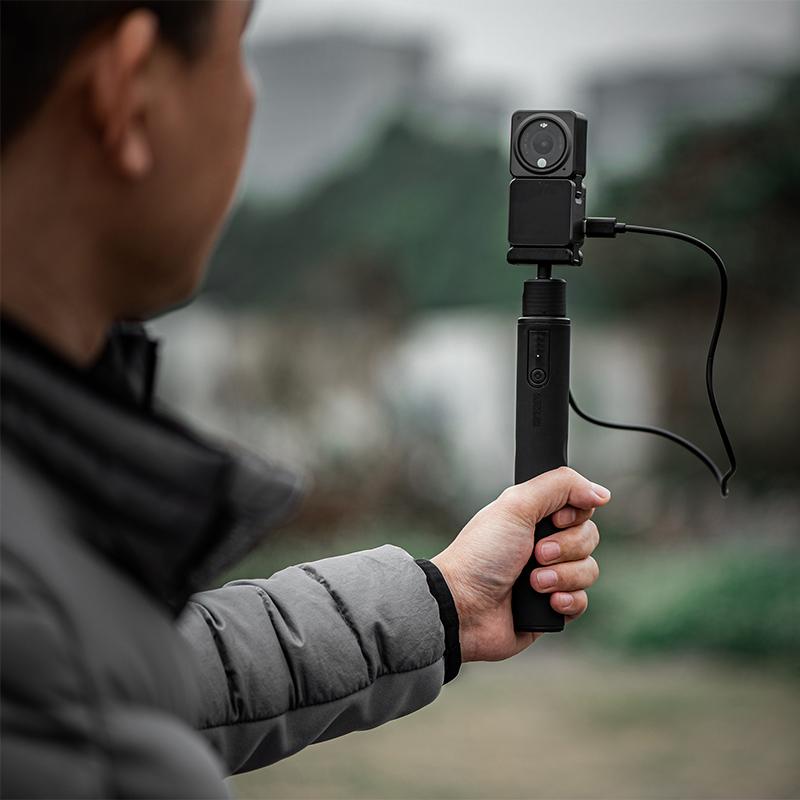
3、 Comfort and Ergonomics
When it comes to choosing a DSLR camera bag, one of the most important factors to consider is comfort and ergonomics. A camera bag that is comfortable to carry and easy to access can make a significant difference in your photography experience.
Firstly, consider the weight and size of the bag. A DSLR camera and its accessories can be quite heavy, so it is crucial to choose a bag that distributes the weight evenly and has padded straps. Look for a bag with adjustable straps and a padded back panel to ensure a comfortable fit. Additionally, consider the size of the bag and whether it can accommodate all your gear without feeling too bulky or cumbersome.
Another aspect to consider is the accessibility of the bag. Look for a bag that allows easy and quick access to your camera and lenses. Some bags have side openings or quick-release buckles that allow you to grab your camera without having to take off the entire bag. This can be particularly useful when you need to capture a spontaneous moment.
Furthermore, consider the organization and storage options of the bag. Look for compartments and dividers that can keep your camera and accessories organized and protected. Some bags even have customizable dividers that can be adjusted to fit your specific gear. Additionally, consider the number and size of pockets and whether they can accommodate other essentials such as memory cards, batteries, and filters.
Lastly, consider the durability and weather resistance of the bag. A good camera bag should be made of high-quality materials that can withstand the elements and protect your gear. Look for bags that are water-resistant or come with a rain cover to ensure your equipment stays safe in unpredictable weather conditions.
In conclusion, when choosing a DSLR camera bag, prioritize comfort and ergonomics. Look for a bag that is comfortable to carry, provides easy access to your gear, offers sufficient organization and storage options, and is durable and weather-resistant. By considering these factors, you can find a camera bag that enhances your photography experience and keeps your equipment safe.
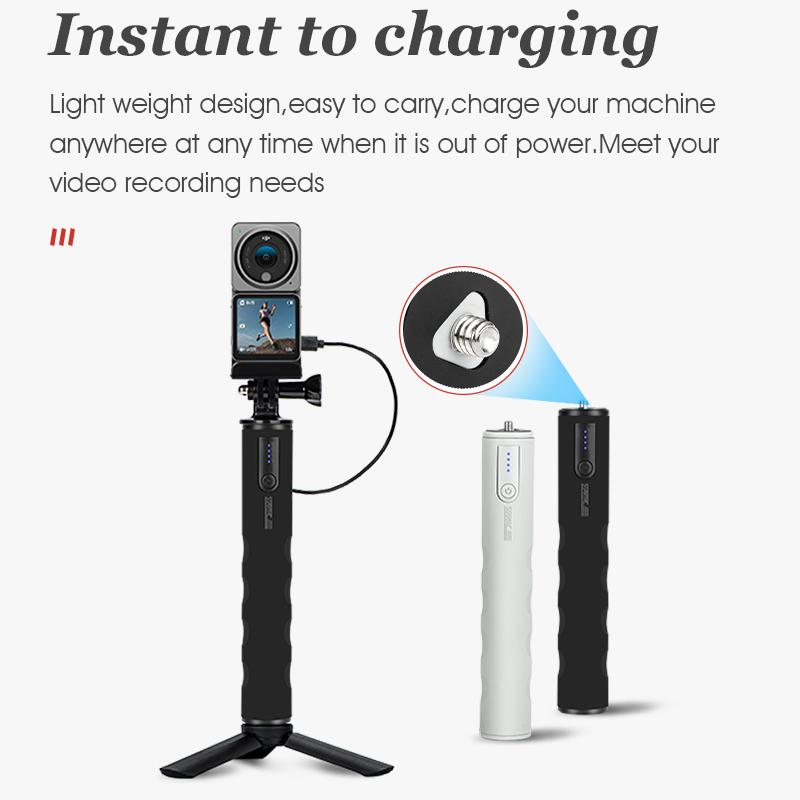
4、 Organization and Accessibility
When it comes to choosing a DSLR camera bag, one of the most important factors to consider is organization and accessibility. A well-organized bag will not only protect your camera and accessories but also make it easier for you to find and access them quickly when needed. Here are some key points to consider when selecting a camera bag with a focus on organization and accessibility.
Firstly, look for a bag that has dedicated compartments and pockets for different items. This will help you keep your camera body, lenses, batteries, memory cards, and other accessories separate and easily accessible. Some bags even have customizable dividers that allow you to arrange the compartments according to your specific needs.
Additionally, consider the accessibility of the bag. Look for features like quick-access pockets or side openings that allow you to grab your camera without having to fully open the bag. This can be particularly useful when you need to capture a spontaneous moment or quickly change lenses.
Furthermore, consider the size and weight of the bag. It should be spacious enough to accommodate all your gear comfortably, but not so bulky that it becomes cumbersome to carry around. Look for a bag that strikes a balance between size and functionality.
Lastly, consider the durability and protection offered by the bag. It should have adequate padding and protection to safeguard your camera and accessories from bumps, shocks, and weather conditions. Water-resistant or waterproof materials can be a valuable feature, especially if you plan to shoot in challenging environments.
In conclusion, when choosing a DSLR camera bag, prioritize organization and accessibility. Look for a bag with dedicated compartments, quick-access pockets, and customizable dividers. Consider the size, weight, durability, and protection offered by the bag. By selecting a well-organized and easily accessible camera bag, you can ensure that your gear is protected and readily available for your photography adventures.
